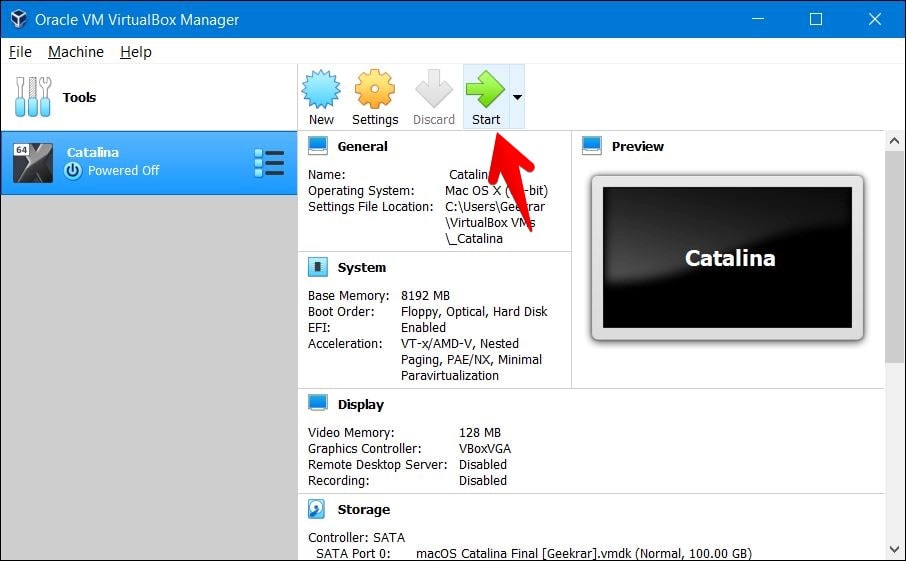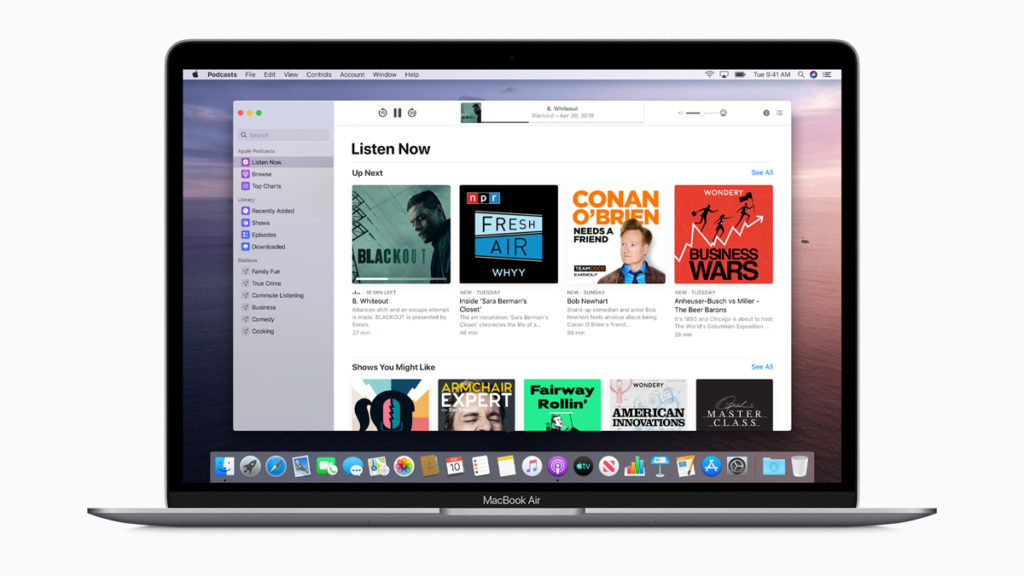Update Git Mac Catalina
Setting Up A Database


Permanent environment variables are added to the.bashprofile file: 1. Find the path to.bashprofile by using: 2. Open the.bashprofile file with a text editor of your choice. Scroll down to the end of the.bashprofile file. Use the export command to add new environment variables. Here are the steps I needed to go through for Mojave: First xcode-select -reset. Next I needed to upgrade xcode tools to the latest version: sudo softwareupdate -ia -verbose (NB: this runs all available updates from the app store, there is a way to specify that you only want to update one app/program, but I don't know it off the top of my head).
We're going to install sqlite3 from homebrew because we can't use the built-in version with macOS Sierra without running into some troubles.
Rails ships with sqlite3 as the default database. Chances are you won't want to use it because it's stored as a simple file on disk. You'll probably want something more robust like MySQL or PostgreSQL.
There is a lot of documentation on both, so you can just pick one that seems like you'll be more comfortable with.
If you're new to Ruby on Rails or databases in general, I strongly recommend setting up PostgreSQL.
If you're coming from PHP, you may already be familiar with MySQL.
MySQL
You can install MySQL server and client from Homebrew:

Once this command is finished, it gives you a couple commands to run. Follow the instructions and run them:
By default the mysql user is root with no password.
When you're finished, you can skip to the Final Steps.
PostgreSQL
You can install PostgreSQL server and client from Homebrew:

Once this command is finished, it gives you a couple commands to run. Follow the instructions and run them:
How To Install Git On Mac Catalina

Update Git Mac Catalina 2019
By default the postgresql user is your current OS X username with no password. For example, my OS X user is named chris so I can login to postgresql with that username.